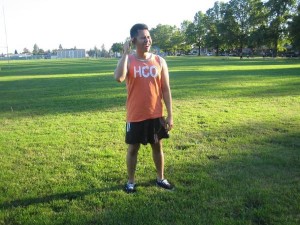A retracted eardrum occurs if the eardrum is driven inwards toward the middle ear. The eardrum is a slender tissue layer that divides the exterior part of the ear from the middle ear. It is responsible for transmitting vibrations from the outside world to the miniature bones in the middle ear to allow hearing.
What are the causes?
A retracted eardrum is usually brought about by an issue with the Eustachian tubes which help drain fluid to maintain equal pressure within and outside the ears.
Once the tubes malfunction, the drop in the pressure within the ear causes the eardrum to collapse inwards.
Some of the causes of dysfunction of the Eustachian tube include:
- Enlarged adenoids and tonsils
- Ear infection
- Upper respiratory infections
- Cleft palate
A retracted eardrum is usually brought about by an issue with the Eustachian tubes which help drain fluid to maintain equal pressure within and outside the ears. - Ruptured eardrum that did not properly heal
What are the signs?
A retracted eardrum does not generally cause any symptoms. Nevertheless, once it retracts significantly to crush the bones or other structures inside the ear, it can lead to:
- Ear pain
- Brief hearing loss
- Drainage of fluid from the ear
In serious cases, it can cause permanent loss of hearing.
Management of a retracted eardrum
If an individual has a retracted eardrum, a specialist must be seen. Nevertheless, not all cases require treatment though.
A mild case often settles as the pressure in the ear is restored to its normal level. This might take several months; thus, the doctor might suggest monitoring the symptoms before any treatment is started.
In severe cases, treatment is necessary to improve the airflow in the ear. The addition of more air to the middle ear can assist in normalizing the pressure and deal with the retraction. In some cases, decongestants or nasal steroids are given.
The Valsalva maneuver might also be suggested by the doctor to help in normalizing the pressure within the ears.
In case a retracted eardrum presses on the ear bones and disrupts with healing, surgery is necessary such as tube insertion and tympanoplasty.

